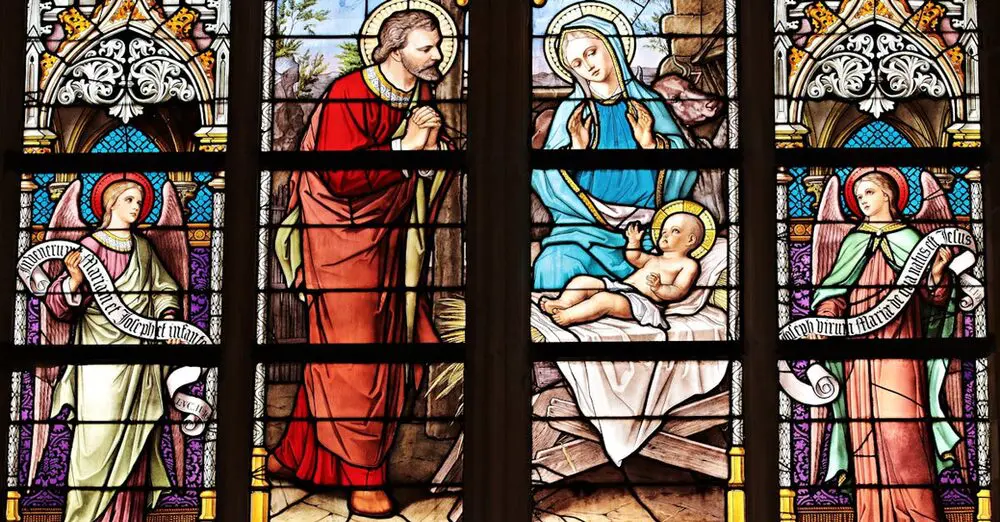
It was a chilly Sunday morning when Sarah visited a new church in her neighborhood. She had recently moved to the city and felt lonely, missing her friends and family back home. As she walked up to the church, she felt a mix of nervousness and hope.
As soon as she stepped through the doors, she was greeted by a warm smile from an elderly gentleman named Mr. Thompson. “Good morning! We're so glad you're here,” he said, handing her a welcome packet. His genuine kindness immediately put her at ease.
Inside the sanctuary, Sarah found a seat and was soon joined by a young couple, Emily and John, who introduced themselves and invited her to sit with them. They chatted briefly before the service began, and Sarah felt a sense of belonging she hadn't felt in a while.
After the service, Emily and John invited Sarah for coffee in the church's fellowship hall. There, she met several other members who were equally welcoming and friendly. They shared stories, laughed, and made plans to meet up for a small group meeting later in the week.
As Sarah left the church that day, her heart was full. The warmth and hospitality she experienced had turned a simple visit into a meaningful connection. She knew she had found a new community where she could belong and grow.
As a parish pastor, our congregation would have an average of 10-20 first-time visitors each month. We decided to make their experience with our people a priority. We knew the power of the message of the Gospel was central but also realized that most people decide if they will return well before the preacher ever got to the sermon. So, we focused on the initial experience of the first-time visitor. What can churches do to create a culture of hospitality?
Training and Empowering Volunteers: Ensure that your greeters, ushers, and hospitality team are well-trained and understand the importance of their role. Encourage them to be proactive in making connections with newcomers. We had a very intensive training process for greeters. We marked off our pews, so I knew where the family was seated. We took down each first-time visitor's name and the names and ages of their children. To invite them to future events, we gathered contact information, like their address, email, and cellphone number. The list was shared with me during the offering so I could greet those visitors by name.
Personalized Greetings: Encourage your team to learn and use people's names. A personalized greeting can make a big difference in making someone feel seen and appreciated.
Comfortable Environment: Make sure your church's environment is cozy and inviting. This includes clean and well-maintained facilities, comfortable seating, and welcoming decor.
Engaging Activities: Organize activities encouraging interaction and fellowship, such as coffee hours, potlucks, and small group meetings. These can help build a sense of community and belonging. We moved our Bible class after Sunday service and had excellent treats and fellowship afterward. That gave us a chance to invite new visitors downstairs, and often, the Bible Study was connected to the sermon so we could dig deeper and allow people to ask probing questions.
Follow-Up: Follow up with a thank-you note or a phone call after someone visits your church. On Monday morning, my first task was to send a personalized letter to each first-time and returning visitor. I included a personal reflection from our interaction so they knew I remembered them. This shows you care about their experience and are interested in building a relationship.
Leadership Example: Church leaders should model hospitality and warmth. When leaders are approachable and friendly, it sets the tone for the entire congregation.
We had a man at my first church who would greet everyone at the door with a grunt and a growl. One day, I suggested to him that his gifts were misdirected. I knew he should not be the first face or contact for first-timers. We did not want them to think he was the best representation of the kind of people who attended our church. We gently moved in to serve alongside the trustees, so only a few of us had to tolerate his gruff exterior.
Another example of leaders who need to set an example is a friend and his wife who attended a church and sat down in the wrong pew. A member approached him, and instead of welcoming them, he said, “You are sitting in our family pew,” and asked them to sit somewhere else. They almost got up and left the church altogether. What made this more disturbing was to find out later that this was the president of the congregation. Leaders set the tone that others in the church will follow.
Prayer and Support: Offer prayer and support for those in need. Creating a culture of care and compassion can significantly enhance the sense of community. Our care ministry team was trained and comfortable to pray for the needs of any first-time visitor. Often, people come because of something happening in their lives. We wanted them to know we had been praying and anticipating their arrival.
As Sarah left the church that day, her heart was full. The warmth and hospitality she experienced had turned a simple visit into a meaningful connection. She knew she had found a new community where she could belong and grow. By focusing on these aspects, churches can ensure first-time visitors feel welcomed, valued, and eager to return, just like Sarah did.
Originally Published on https://www.becomingbridgebuilders.org/blog
Notifications